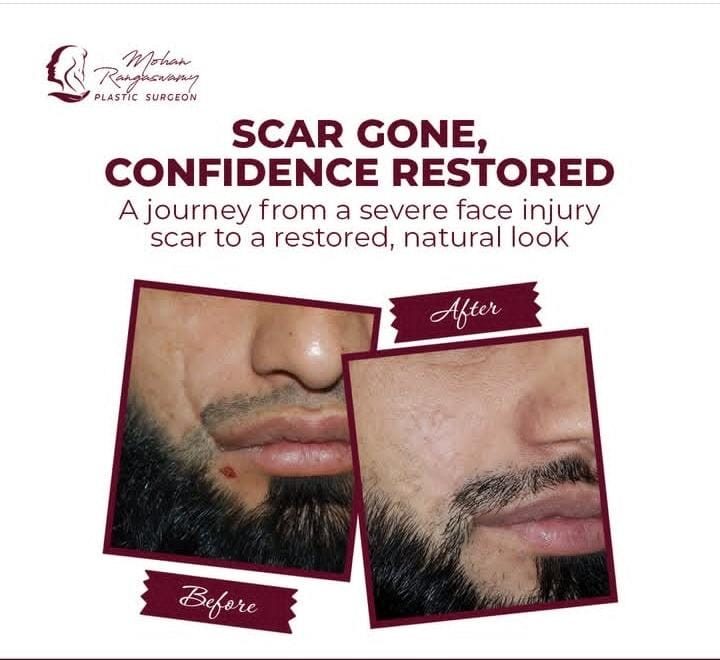Myth 1: Plastic surgery can be done without scar
Fact 1 : Any cut on the skin will always leave a scar. Plastic surgeons pay special attention to scar location, direction, technique of wound closure and after-care to ensure the best possible and least visible scar.

Scars
A scar is a visible mark due to previous injury or surgery. Any type of injury to the skin that is deep enough to breach the second layer of skin [called dermis] will usually result in a scar. There are a lot of myths and misconceptions about scar formation, appearance, and relationship to age of the person and even about plastic surgery and scar. The five important myths are given below.



